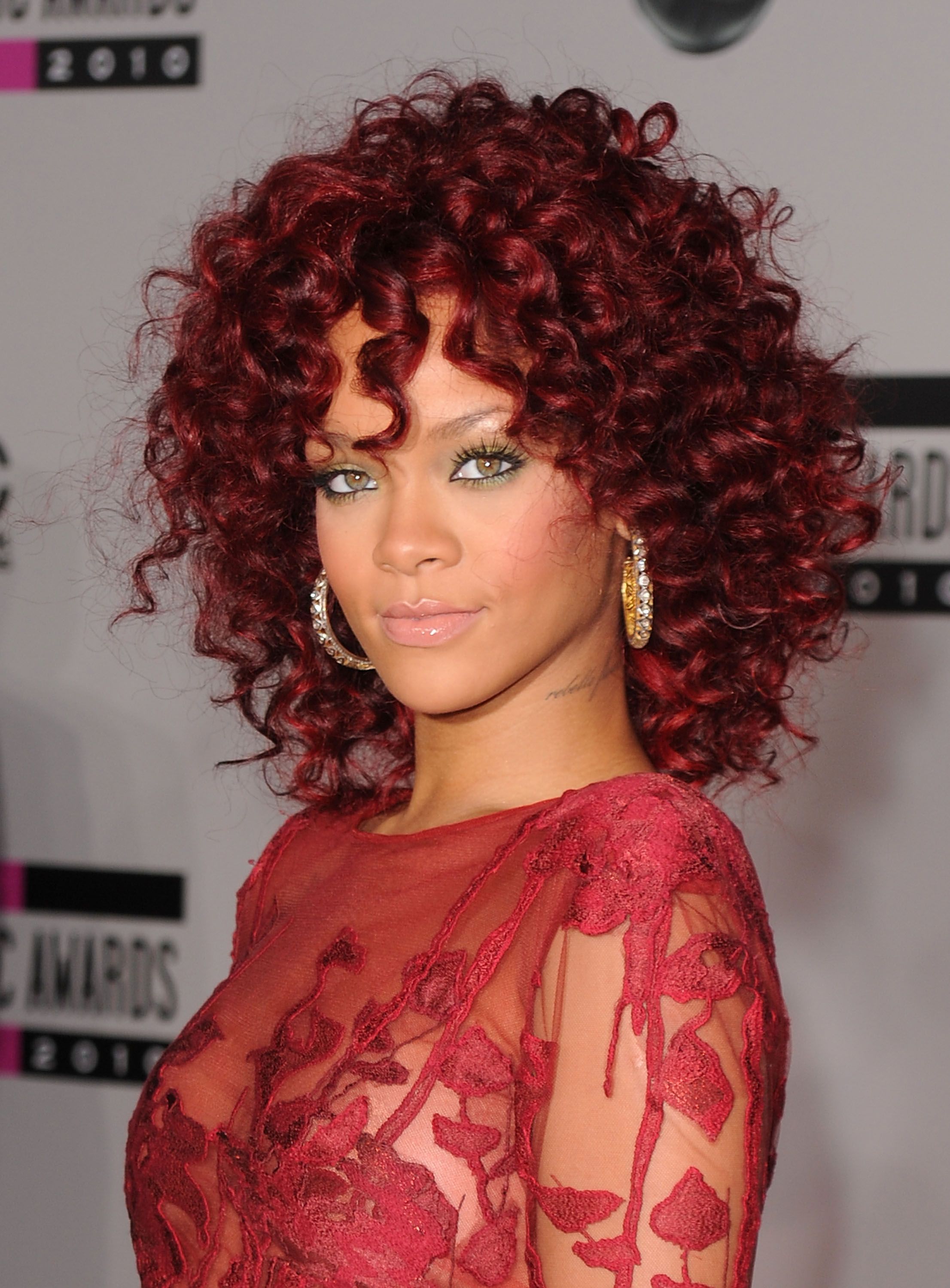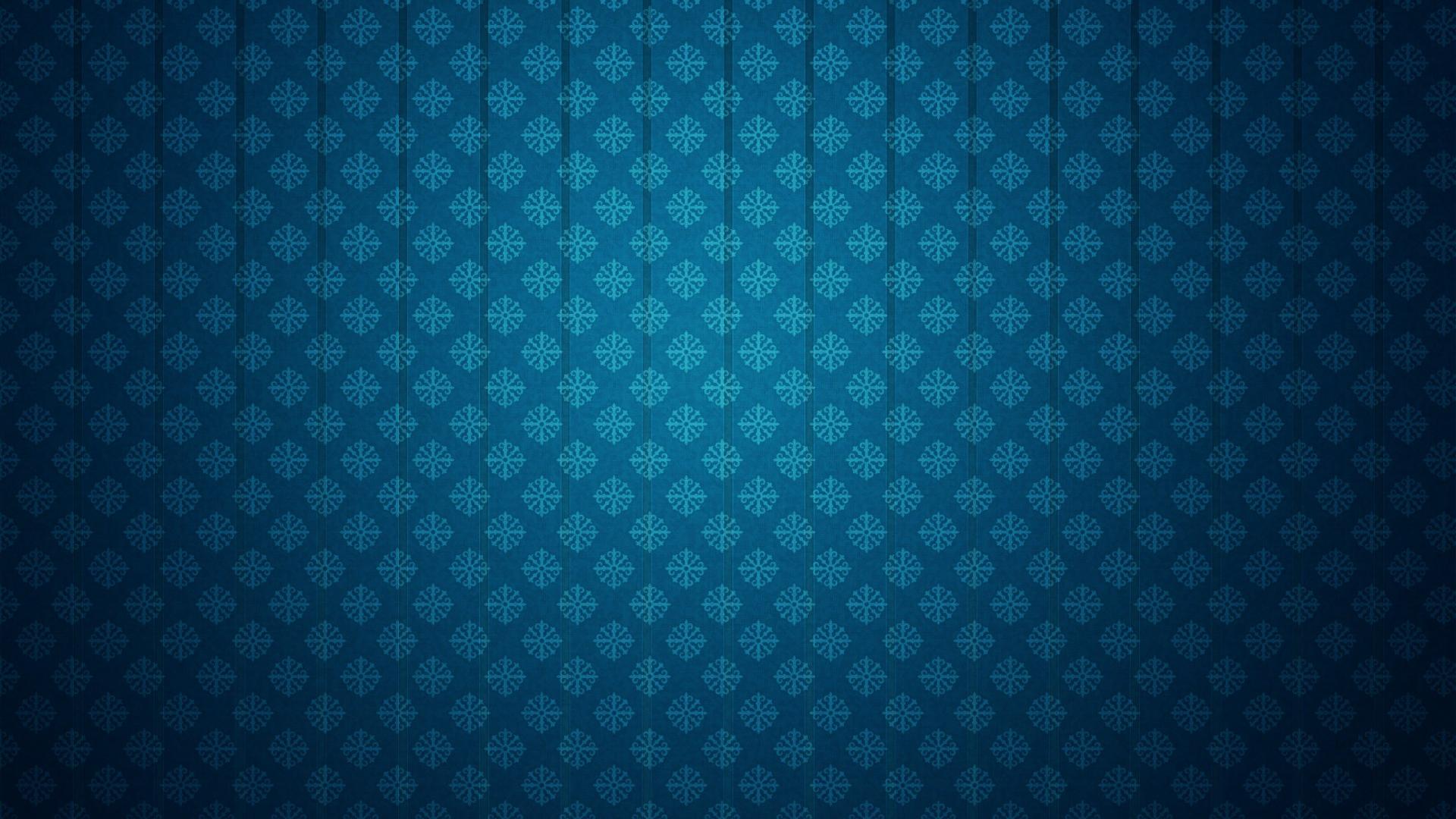Table Of Content

Rather than wrapping your hair up in a towel or using one to rub excess moisture out of the hair, gently blot the hair with a microfiber towel. Then, let the hair dry (without a towel or any fabric on it), which will help prevent the hair from frizzing and reduce breakage. If you must use a blow dryer, always use it on low heat with a diffuser and a heat-styling product such as Ouai Heat Protectant Spray ($28). Curly hair is prone to dryness and fragility because it is harder for the natural oils from the scalp to travel down the hair shaft. To avoid drying out the hair while cleansing type 3 curls, François says always to use gentle, sulfate-free shampoos that cater to curly hair to protect the integrity of the curls without stripping away moisture. "Work in sections and apply [the products] to wet hair, not damp," Toves-Vincilione says.
Leave-in conditioners for curly hair

“Regular trims are important to prevent split ends and breakage,” François says. Try and aim for at least two major haircuts per year and trims as needed. If frizz is a major issue for you, you can apply too much styling product to your wet hair, then when your hair is fully dry you can scrunch out the crunch to break the hard cast of your styling product. Once you're done cleansing and conditioning, you'll want to apply a leave-in moisturizer to help with dryness and frizz.
Is an ionic hair dryer better for curly hair?
If you’re on the fence about whether or not to buy a hooded dryer, read Janelle’s article on whether or not they’re worth the investment. All products featured on Allure are independently selected by our editors. When you buy something through our retail links, we may earn an affiliate commission.
How To Care For Dry Curly Hair
Use a mist, like EIMI Thermal Image, and spritz it from root to tip every time you apply heat. You can also layer it with EIMI Flowing Form, an anti-frizz balm that’s been specially formulated to keep locks nourished in the face of hot tools. Apply it just before the mist, from the mid-lengths to ends, for major softness and shine. Locks can become porous when damaged by bleach and heat, or you could even be battling this beauty bugbear because it’s part of your DNA. It means that your individual hairs have tiny gaps throughout the cuticle, and these gaps allow essential moisture to escape. As a result, any hydrating products you apply aren’t easily absorbed or retained by your hair, so your curls can still feel dry in spite of all the masks and treatments you use.
Oils for curly hair
Castor oil is also a great hydrator and sealant for this very dry texture; we like the SheaMoisture 100% Pure Jamaican Black Castor Oil. Type 3 curly hair can range from loose, buoyant loops to tight, springy corkscrews which have some shine. Do you have any tricks or suggestions for other curlies struggling with dry hair? Let us know in the comments, and check out more information on keeping your curls damage free here. Knowing your curl type, whether it is from 2a to 4c, can absolutely impact your relationship with your hair, as well as figuring out your hair's porosity, or its ability to absorb and hold moisture. We've gathered some experts to give you tips and tricks to help.
This is another one of my all-time favorite deep-conditioning treatments. It contains ingredients that really nourish dry, thick hair like shea butter and jojoba oil. One way to do this is by using heat protectants, but Hickman also advises that you air dry your hair after detangling and sectioning. "This will reduce the amount of heat required for your final style," she says.
Gently pull it up into one or two high, loosely-secured ponytails and cover it with a scarf to maintain your curls while you snooze. For an extra dose of moisture and to potentially strengthen your strands, apply a leave-in conditioner before bed. "Sleeping with it in is a way to get the most benefit of the product because it has time to penetrate deep into the hair shaft," explains Spinnato. "In addition, [while you sleep, your hair will be] out of the heat, sun, and wind, which normally allows the product to not process as well." Something as simple as using the wrong kind of towel can also be a contributing factor to dry curls. Sure, regular terry cloth material, which most bath towels are made of, is great for sucking up the excess water on our strands after a shower.
I Finally Found the Curly Hair Equivalent of a Dry Shampoo, and It's Just $16 - InStyle
I Finally Found the Curly Hair Equivalent of a Dry Shampoo, and It's Just $16.
Posted: Mon, 08 Jan 2024 08:00:00 GMT [source]
Tea Tree Lavender Mint Conditioning Leave-in Spray
Credit a blend of five different oils, plus the fact that the formula is silicone-free, so you don’t ever have to worry about it weighing down your hair. Silicones are often used in conditioners to make hair smooth, shiny and soft. Sounds great...but silicones essentially act similarly to rubber or plastic. They coat the hair and give a false sense of softness and shine while actually sealing out both moisture and air. The worst part is that this layer encourages build-up and creates a film/barrier which can make your styling products less effective. In addition to over-washing, heat-styling can dry out your hair.
Hooded Dryer
Things like over-washing, not using heat protectants with hot tools, and temperature shifts from indoor and outdoor air can all contribute to dry hair. Your curls may feel crunchy for various reasons, including dryness, damage, chemical processing, and harsh products that strip all moisture from your hair shaft. So, it is important to learn about the telltale signs of dry hair so you can take care of it properly. One of the golden rules of caring for curly hair is never to brush your dry curls.
This hydrating oil is an all-time favorite for medium to coarse hair types. Apply the rich argan and linseed formula onto wet hair to encourage smoothness and detangle strands, or smooth onto dry hair from mid-shaft to ends to boost shine and stop frizz. Coming in at the top of our list is this leave-in cream from Briogeo, which works double duty to both define and humidity-proof your curls. The formula is infused with rice amino acids and avocado oil to help your hair retain moisture and reduce static, and the creamy texture is lightweight and doesn’t ever flake or feel sticky. This cream is made with 96 percent naturally-derived ingredients and contains no dyes or silicones, so it’s safe to use on all hair types.
Avoid thick gels, mouses, or pomades that can trap oil and dirt on your scalp. Companies may market these products to curly-haired people, but that doesn’t mean they’re good for your hair. If you have curly hair, you may wonder what it takes to make sure your curls look their best. Curly hair is more likely to break and have dryness when compared to other less unruly hair types. But by understanding more about your hair type and with the right care and maintenance, you can keep your curls healthy and shiny.
Many of us have experiences dry curls and the resulting frustrations. Dry hair can lead to frizz and breakage, and none of us have time for that! Figuring out why your curls are dry is one of the first steps in combating frizz. As you likely know by now, humidity can wreak havoc on curly hair. Curly hair tends to be dry and therefore vulnerable to humid air—it simply wants to soak up moisture. While identifying your curl type is useful for styling, to find the right products for your hair, you'll want to focus more closely on your hair density.
























